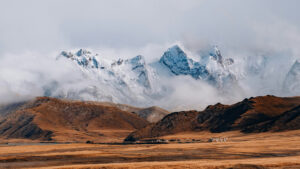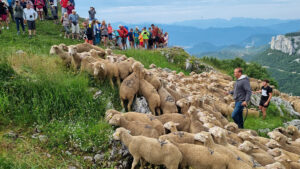Abstract/Description
Complex mountain orography induces sharp gradients in precipitation accumulation locally, which makes snowfall observation and prediction by regional atmospheric models a major challenge and susceptible to bias. This study addresses these challenges by using a unique repository of snowfall measurements with little bias at a range of ‘super sites’ in the Rockies, European Alps and Himalayas, which are used to produce a snowfall-optimised version of the atmosphere-only UK Met Office Unified Model (MetUM) at a spatial resolution of 1.5 km. The snowfall measurements involve using the winter time-series of water pressure in frozen lakes to measure the mass of falling snow during extreme precipitation events directly over the lake area, which are comparable in size to the model’s grid cells. Development of the snowfall-optimised version of the MetUM involves undertaking a series of model sensitivity experiments focused on testing and understanding the influence of the double moment cloud microphysical scheme (CASIM) used by the MetUM, with the aim of better capturing the onset and end periods, and amounts received during observed snowfall events. The results presented here will show that the MetUM is able to accurately simulate both the timing and amounts of snowfall observed. Finally, using the snowfall-optimised MetUM, we also show detailed maps of snowfall over large-regions of the Alps and Himalayas from the year 2000 to the present day.


